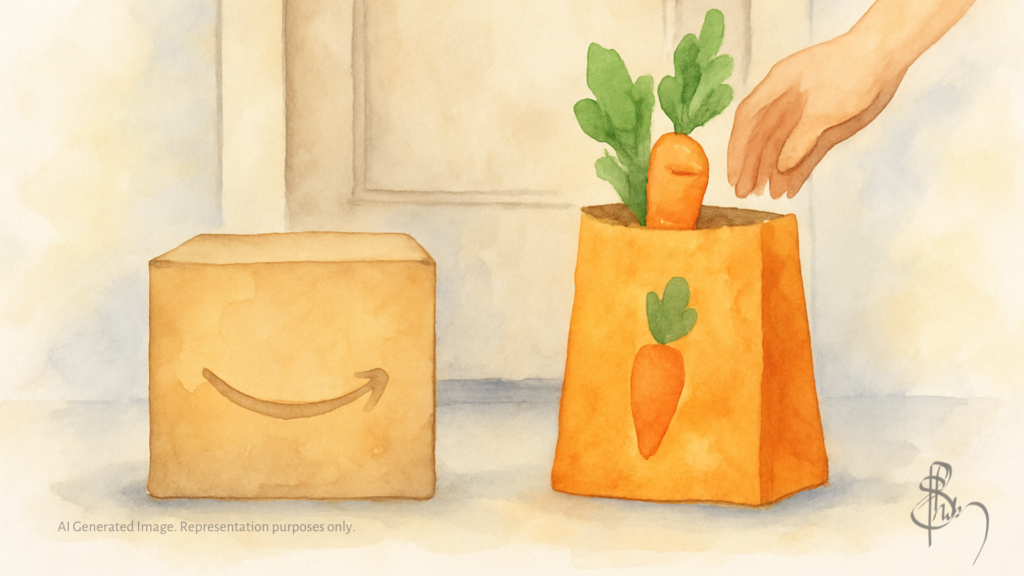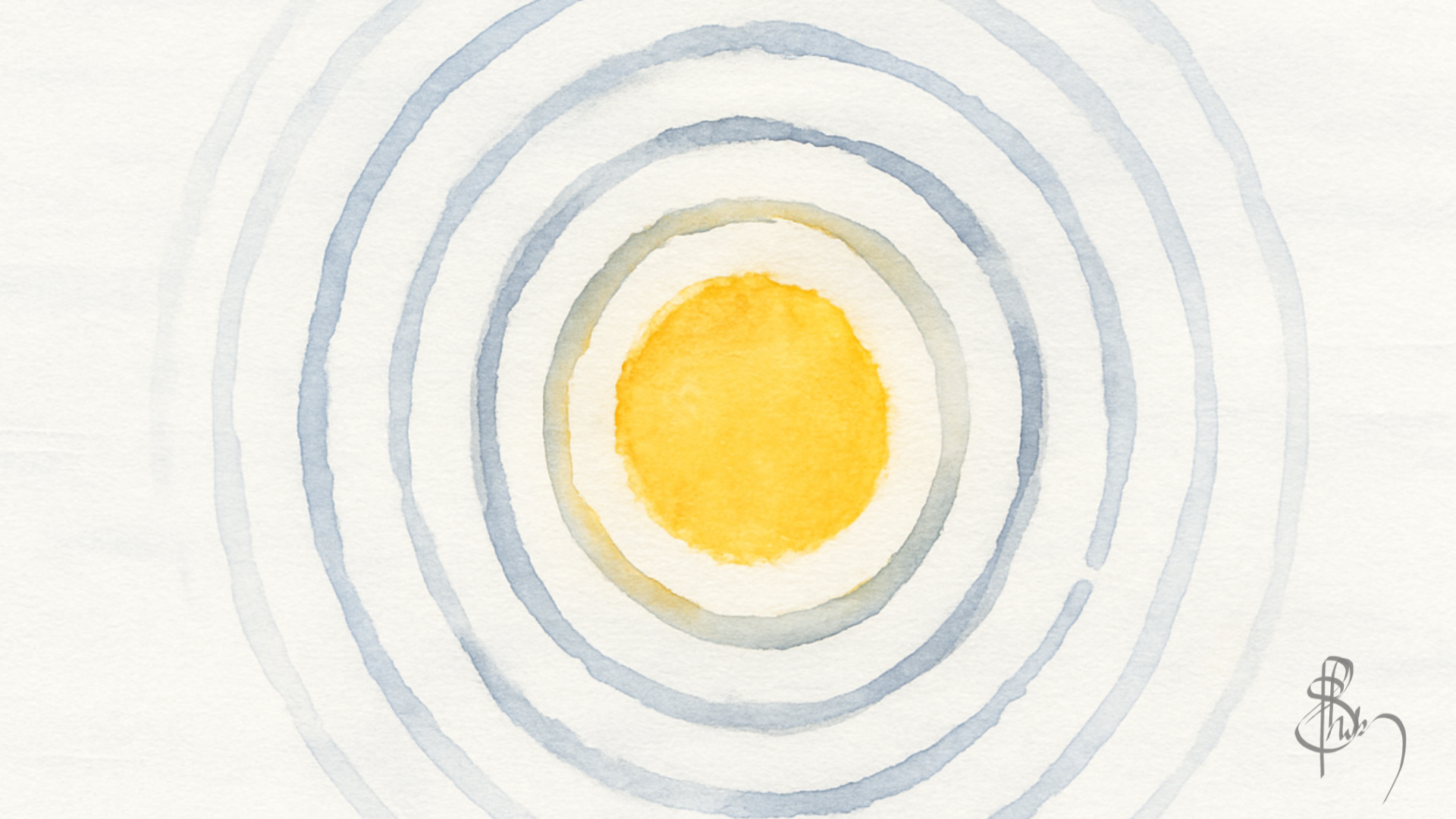I was someone who rarely used India’s home delivery apps. The ones like Swiggy, Zomato, Blinkit, Porter and so on. The only times I have used it were whenever unexpected guests came home and we had to order some side dishes. Which was at most once or twice a year.
But then my cousin gifted me a discount coupon to Swiggy BLCK membership, their premium tier. Though I didn’t expect to use it much, I did some math with ChatGPT and found out that the membership would pay for itself if I, combined with my family, used it at least four times a month.
But that very first month itself, I ended up ordering from Swiggy’s Instamart eight or ten times. Mostly groceries that I would otherwise have gone to the nearby store to buy myself.
“Quick commerce will account for 70% of the online grocery market set to touch $60 billion by 2030”
—Goldman Sachs
Why I Didn’t Want to Buy Into India’s Home Delivery App Craze
I actually like going to those stores near my house. I like talking to the shop owners, seeing how the business was, checking in on them. That connection felt good to me.
 In fact, one of my worries in signing up for one of these premium home delivery apps was that it would make me stop going to these people I have known for a while now. I still go out to those shops, but not as much as I used to.
In fact, one of my worries in signing up for one of these premium home delivery apps was that it would make me stop going to these people I have known for a while now. I still go out to those shops, but not as much as I used to.
With Instamart, groceries now arrive in 15 minutes. Most of the time, even faster. Food takes a bit longer. Some thirty to forty minutes, but still. I hadn’t realised that I was getting used to that speed of delivery until two days ago.
When Amazon’s Suddenly Felt Slow
Two days ago, I opened Amazon to order a USB hub for my laptop. Amazon said it would get delivered in a day or two. So, I opened Instamart and searched for USB hubs. They had USB hubs. But it wasn’t the particular model that I needed. But Instamart could deliver it in the next 15 minutes.
And I sat there, looking at Amazon, wondering why they couldn’t deliver what I wanted in 15 minutes. Why did I have to wait a couple of days? I didn’t need the USB hub in the next 15 minutes, unlike groceries, but why was Amazon so slow?
But what was going on with me? Just a year or two back, Amazon’s one-day delivery used to feel fast.
Are Indian’s Leaving Amazon Behind?
I still remember sitting at my friend’s house during college, using his dad’s old desktop computer with a CRT monitor, and watching him order a textbook on some new website called Flipkart. It felt absolutely revolutionary. A book delivered to your house in a few days, sh! That was just 15 years ago. Now, after getting used to 15-minute deliveries, even a one-day delivery was starting to feel slow.
Are more Indians now using Swiggy, Zomato, Blinkit, and these kinds of apps for their everyday stuff, instead of Amazon? And if that’s true, is Amazon worried?
I think they should be. Of course, Amazon still has more variety. There are things you still can’t get on these local delivery apps in India.
“That decision by Amazon is now looking like a significant misstep.”
—Manish Singh, TechCrunch
I’ve heard many foreigners talk about this. They say one thing they love about living in India is the convenience. You can get something delivered to your house in fifteen to thirty minutes. In the US and other developed countries, it’s possible, maybe, but you have to pay a lot. Over here, you get it for next to nothing.
India’s Home Delivery Apps Are Changing for Me What ‘Fast’ Means
Even though I have used Swiggy and Zomato over the years, it was mostly to order cooked food. I had never thought that India’s homegrown delivery apps would be anywhere in competition with giants like Amazon. Till this incident.
Granted, these delivery apps didn’t have exactly what I wanted. But there was this other instance when I needed a microfiber cloth for car cleaning. I looked it up both on Amazon and Swiggy. They both had the exact thing I needed. Amazon Prime could deliver it in a day, and Instamart would deliver it in the next 15 minutes. Why should I choose to wait?
So, yeah, even a year ago, Amazon’s one-day delivery felt revolutionary. Now, after a month of Swiggy BLCK, I’m starting to feel like that’s not fast enough. India’s delivery apps are changing for me what ‘fast’ means, and I think the giants should be worried. And which is probably why Amazon itself has started testing this model in India.





